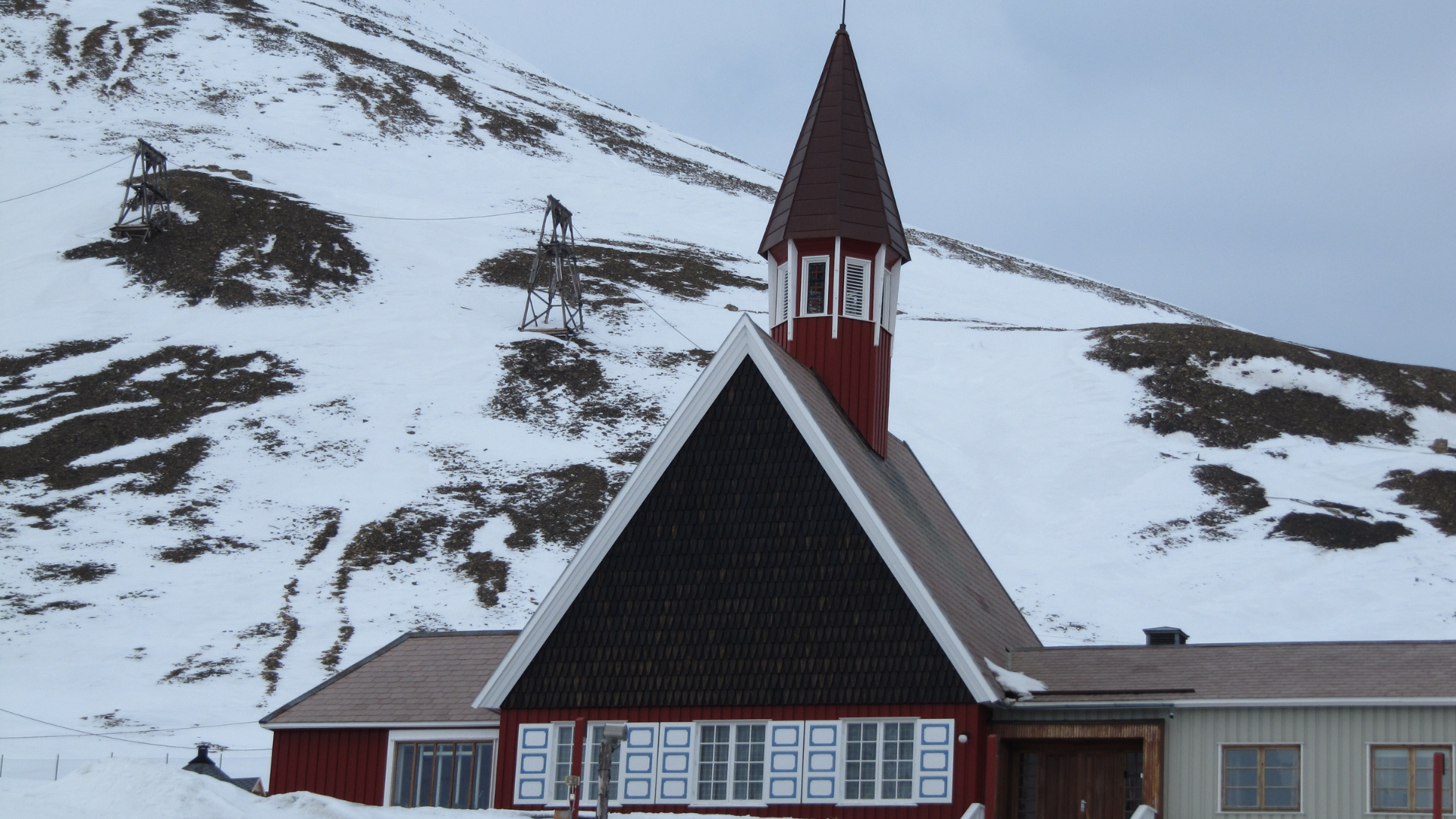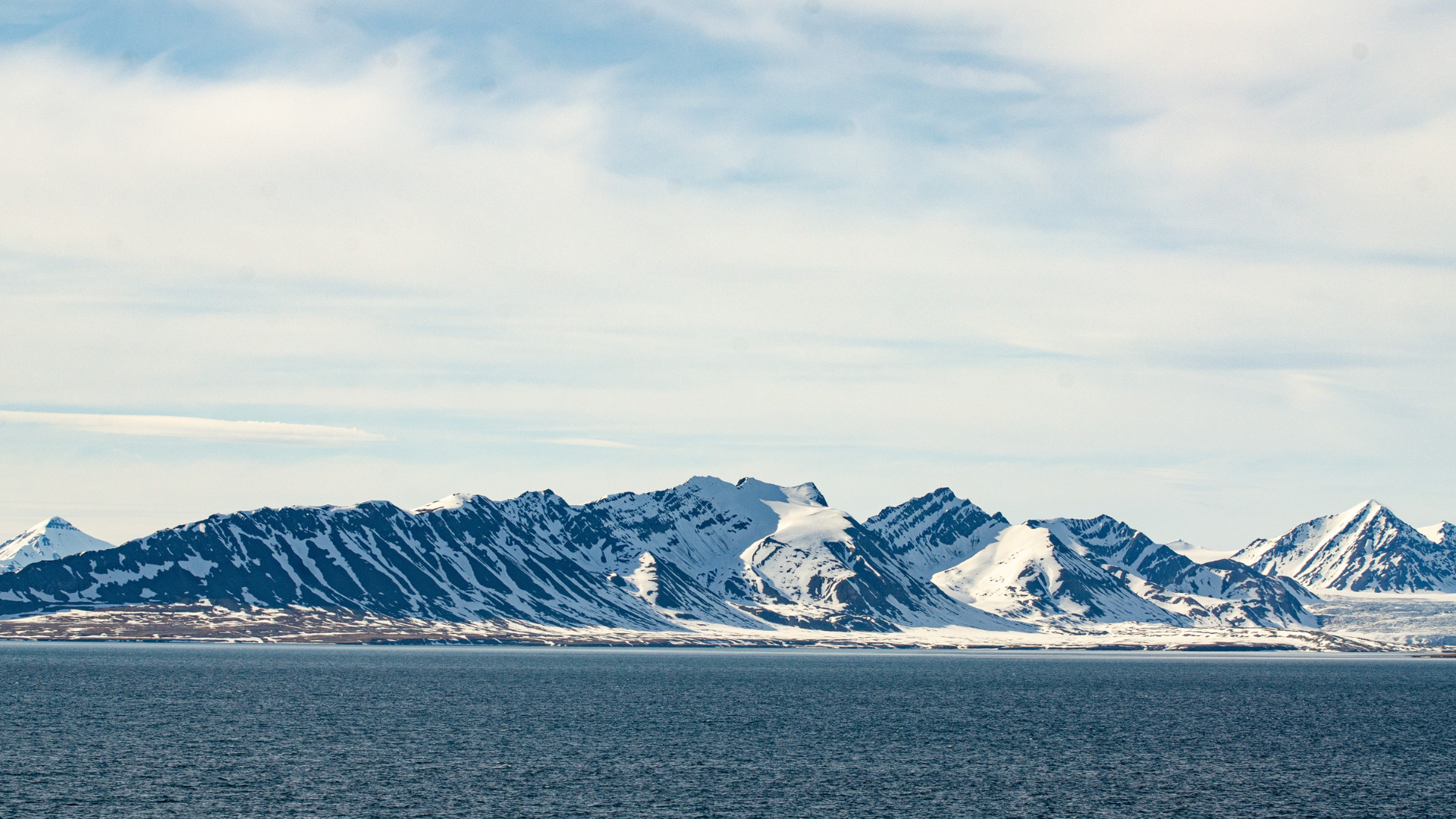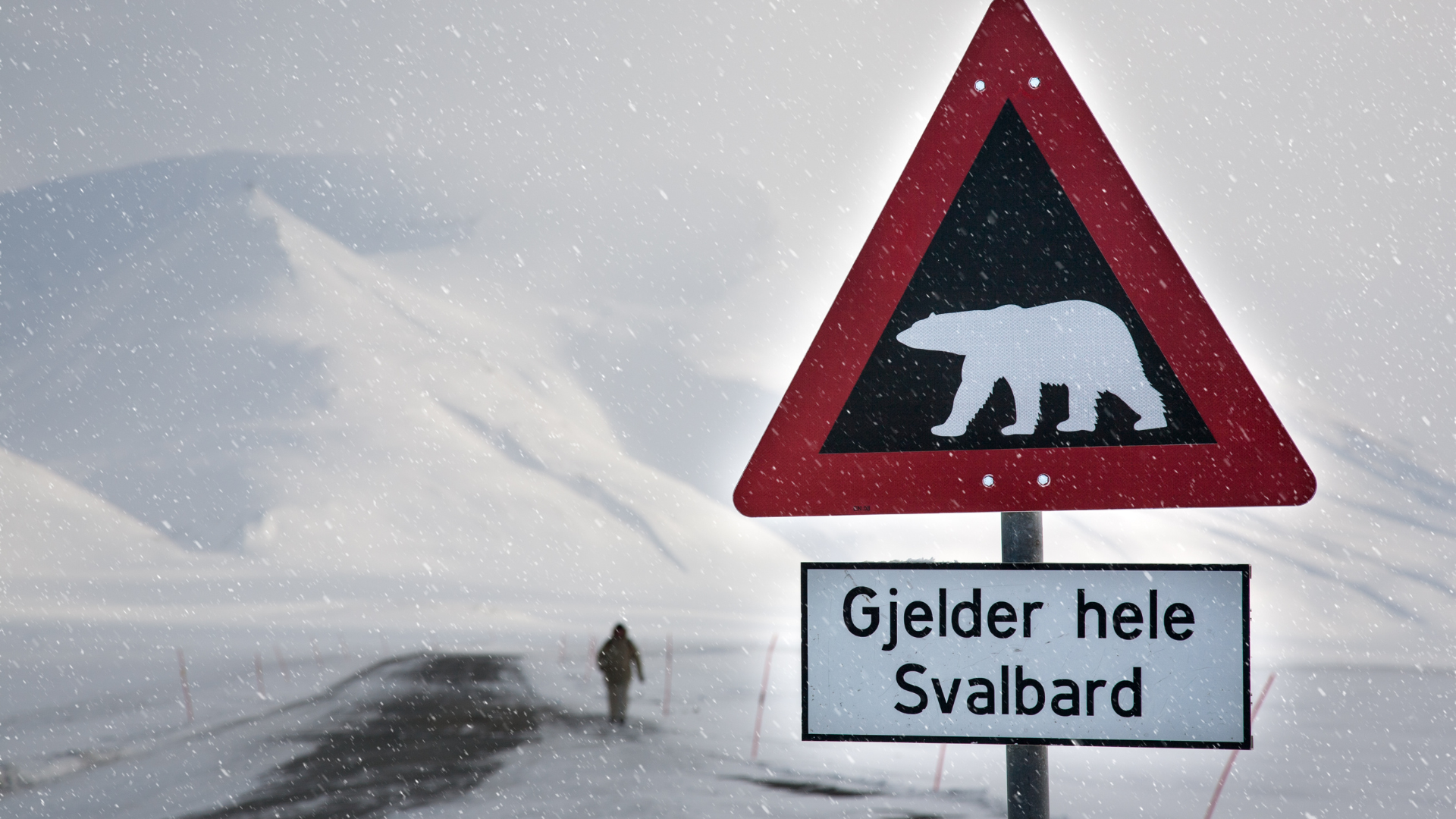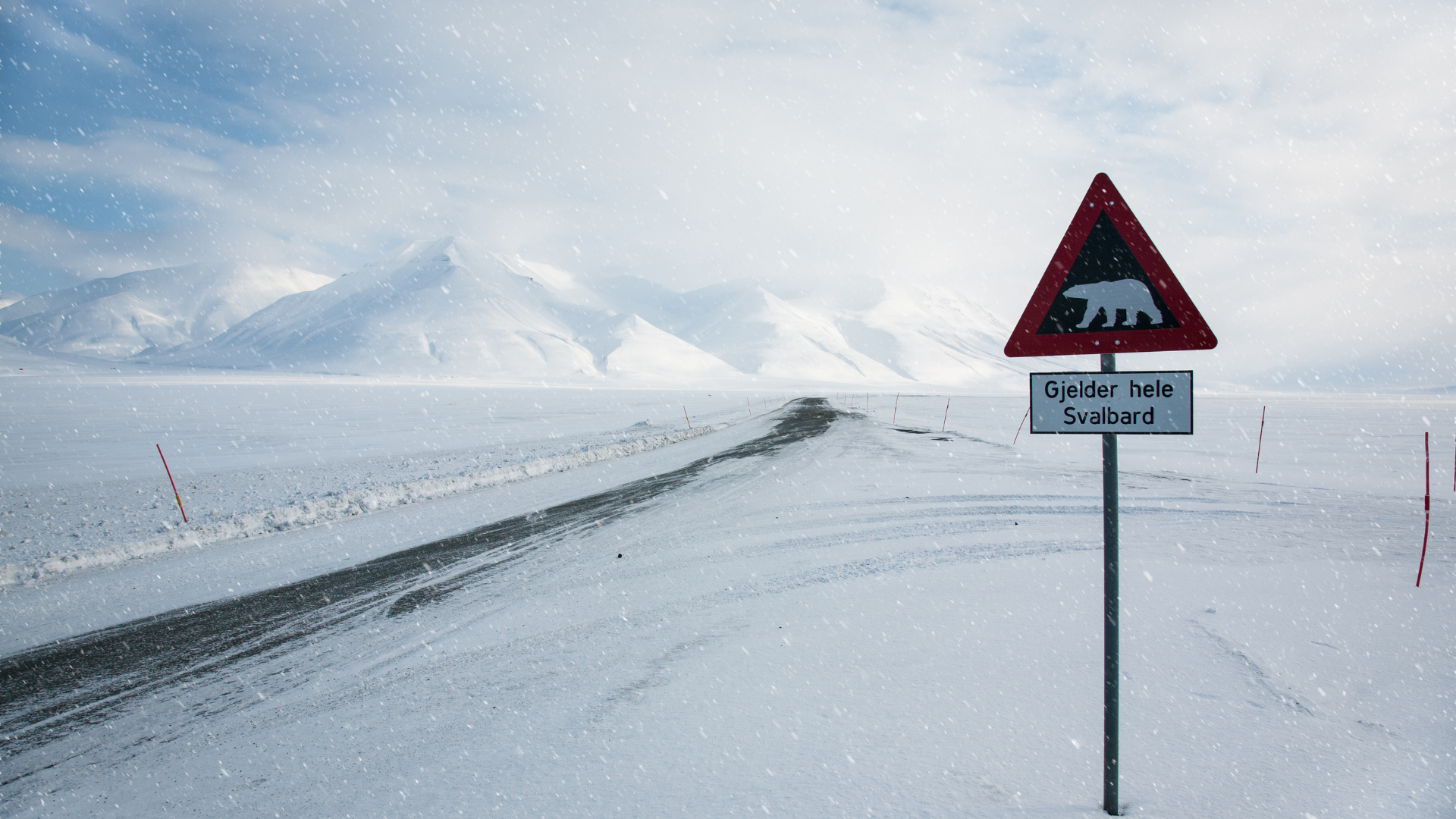Svalbard Things to See and Do in Winter
Svalbard Things to See and Do in Winter
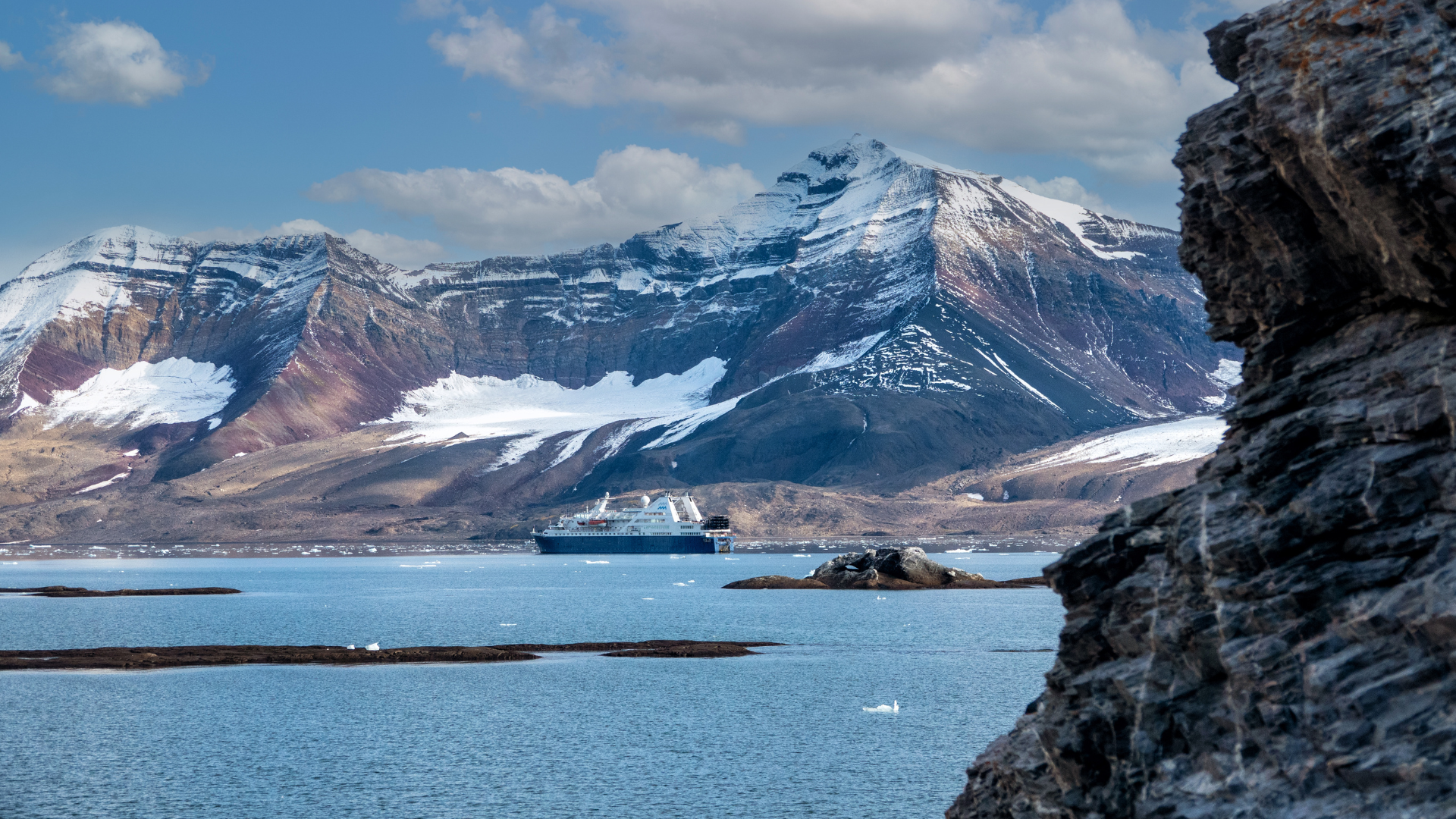
Winter in Svalbard is a season of stark beauty and extreme conditions, where the archipelago is shrouded in darkness and the landscape is transformed by ice and snow. The Polar Night, which lasts from late October to mid-February, brings a sense of mystery and tranquility to the region. Despite the challenging weather, winter offers unique opportunities for adventure and exploration, drawing visitors who seek to experience the Arctic in its most raw and powerful form. The combination of darkness, cold, and pristine nature creates an unforgettable winter wonderland.
One of the most iconic activities in Svalbard during winter is dog sledding. This traditional mode of transportation allows visitors to traverse the snowy landscape in a thrilling and immersive way. Guided tours take participants through valleys, across frozen fjords, and up to glaciers, providing an authentic Arctic experience. The bond between the mushers and their dogs, the silence of the snow-covered terrain, and the breathtaking views make dog sledding a highlight of any winter visit to Svalbard.
Snowmobiling is another popular winter activity, offering a fast-paced and exciting way to explore the vast wilderness. Snowmobile tours cover longer distances and provide access to remote areas that are otherwise difficult to reach. Participants can experience the dramatic Arctic scenery, including glaciers, mountains, and ice fields, while learning about the history and geology of the region. The thrill of riding a snowmobile through the Arctic landscape, combined with the beauty of the surroundings, creates an exhilarating and memorable adventure.
The Northern Lights, or Aurora Borealis, are a major attraction in Svalbard during the winter months. The long, dark nights provide ideal conditions for viewing this spectacular natural phenomenon. The sky comes alive with vibrant colors, creating a mesmerizing display that reflects off the snow and ice. Viewing the Northern Lights is a magical experience that leaves a lasting impression. Guided tours and photography workshops offer the best opportunities to witness and capture this celestial light show, providing insights into the science and folklore behind the Aurora.
Winter in Svalbard also offers unique opportunities for wildlife viewing. While some species are less active during the colder months, polar bears, Arctic foxes, and Svalbard reindeer can still be seen. Polar bears, in particular, are often spotted on the sea ice, hunting for seals. Arctic foxes roam the tundra, their white winter coats providing excellent camouflage. Reindeer continue to graze on the limited vegetation available. These wildlife encounters, set against the stark winter landscape, provide a fascinating glimpse into the resilience and adaptability of Arctic species.
Longyearbyen, the largest settlement in Svalbard, remains a hub of activity during the winter. The town offers a range of amenities, including shops, restaurants, and cultural attractions. Visitors can explore the Svalbard Museum and the North Pole Expedition Museum, both of which provide insights into the history, geology, and wildlife of the region. The local community embraces the Polar Night with various cultural events and festivals, creating a warm and welcoming atmosphere. Indoor activities such as dining, wellness treatments, and lectures become more prominent, offering comfort and entertainment during the long nights.
The extreme climate and remote location of Svalbard in winter require careful preparation and respect for the environment. Proper clothing and equipment are essential to ensure safety and comfort in the harsh conditions. Thermal layers, sturdy footwear, and knowledge of Arctic survival skills are crucial. Guided tours and excursions provide not only safety but also enriching experiences, allowing visitors to make the most of their time in this extraordinary Arctic region. The rewards of experiencing Svalbard in winter are immense, with the combination of natural beauty, adventure, and tranquility creating a truly unique destination.
Scientific research continues in Svalbard throughout the winter, with international teams conducting studies on climate change, wildlife behavior, and glaciology. The data collected during this time is crucial for understanding broader environmental trends and developing strategies for conservation and sustainability. Researchers brave the cold and darkness to gather valuable information that contributes to global scientific knowledge. Svalbard serves as a vital natural laboratory, providing insights that are important for global ecological and climate studies.
The history and heritage of Svalbard are deeply connected to its environment, and winter is a time to reflect on this relationship. The archipelago has been a site of exploration and adventure for centuries, from early whalers and trappers to modern scientists and tourists. The challenges faced by these pioneers are still relevant today, as the harsh conditions test the limits of human endurance and ingenuity. Visiting Svalbard in winter is a journey into the heart of the Arctic, where the past and present come together in a landscape of stunning beauty and profound contrasts.



